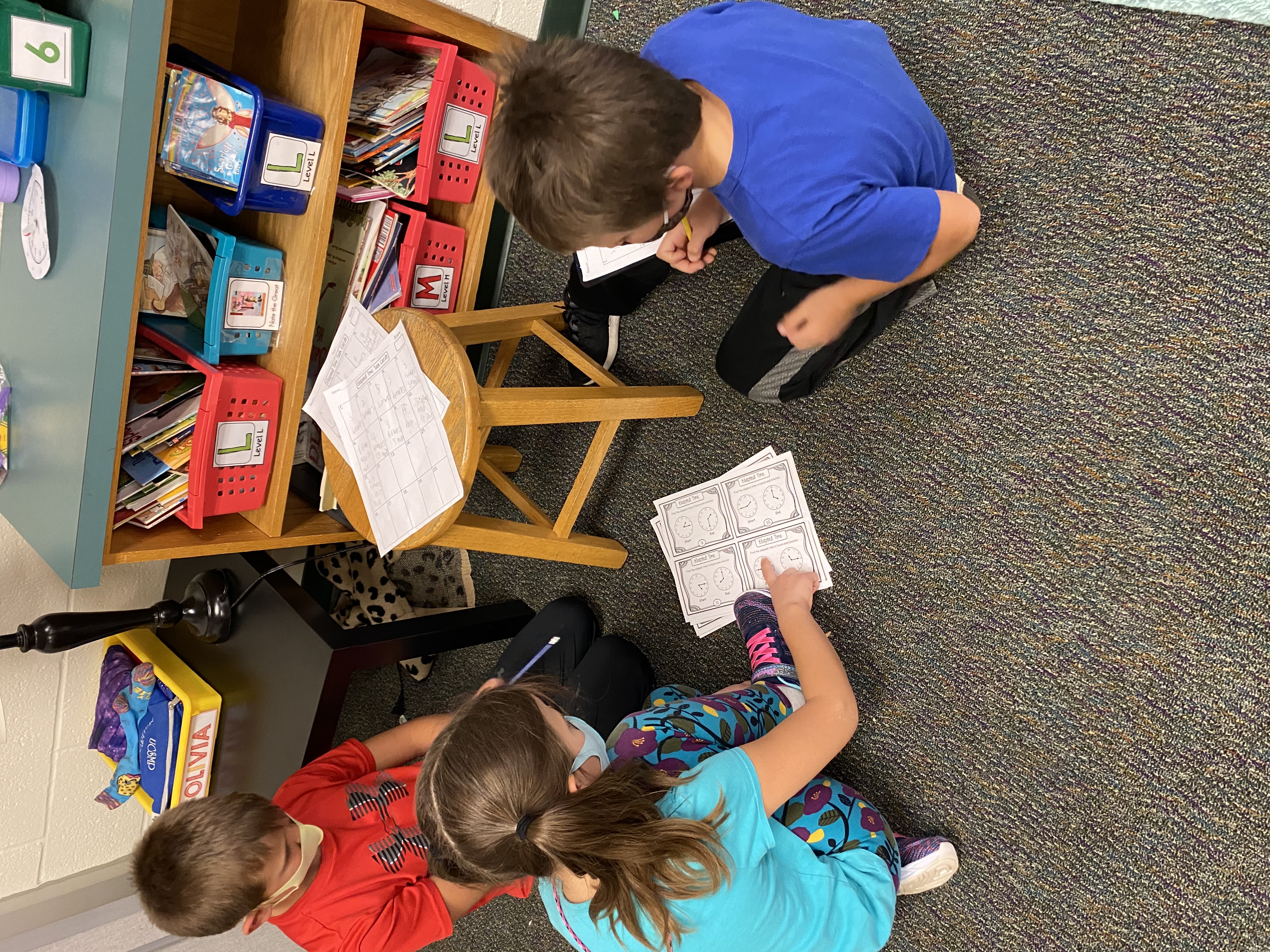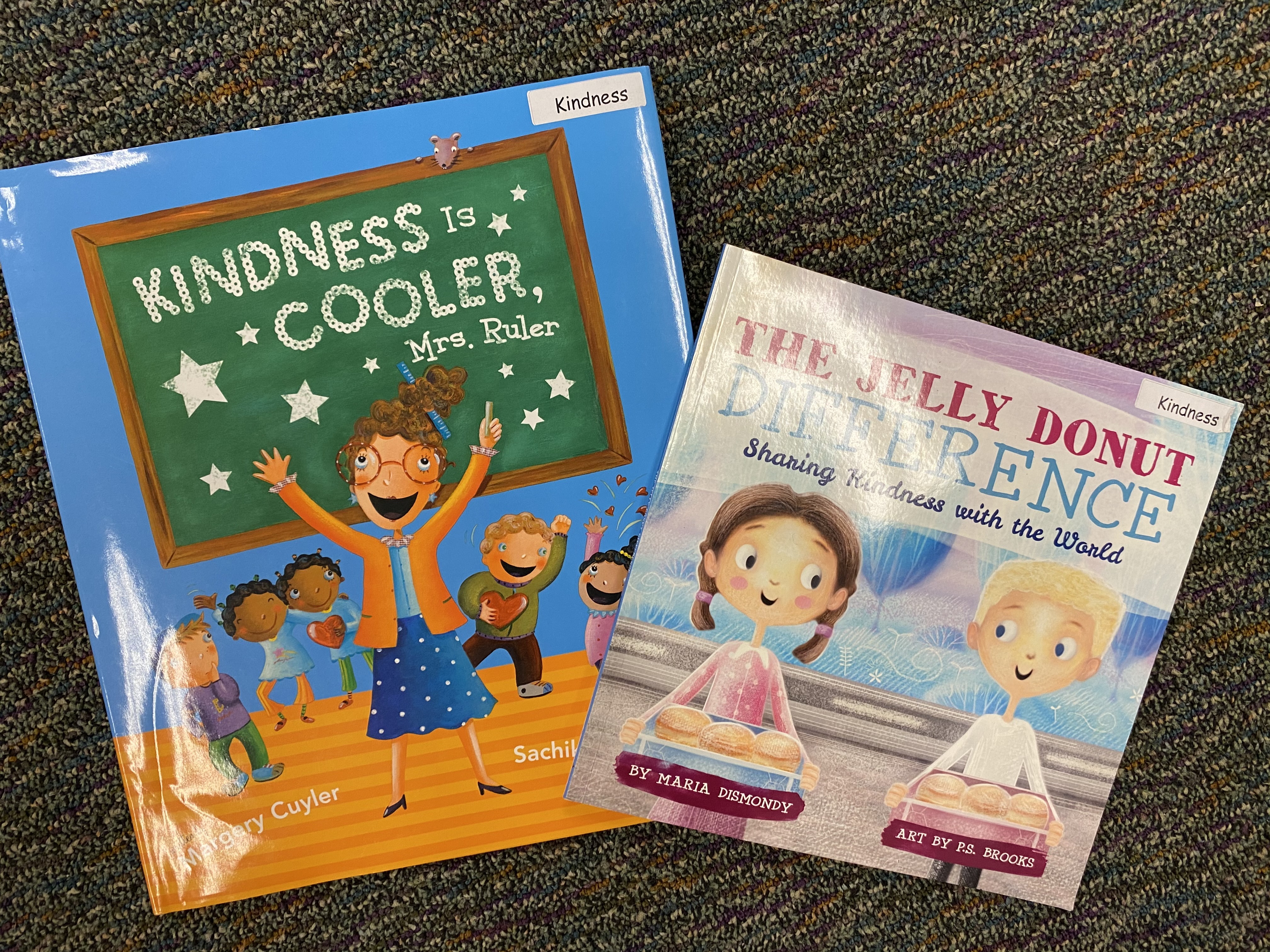Meadow Brook Elementary
2020-12-03
Mrs. Bice's Second Grade
Reminders
- December 17 & 18 Half Days
- No School Dec. 21-Jan.1
- Every Monday your child needs to return their homework
Words We Learned
- map key
- human characteristic
- natural characteristic
Writer’s Workshop
This week we began a mini unit on realistic fiction. We have really enjoyed learning about the craft of writing in this genre. We studied a few series that we have read this year and then started to dive into writing our own realistic fiction books. Our first step is to think of a pretend character, setting and a problem. The trickiest part has been to stretch out our stories across 5 pages. Often the students are lacking details in their story and characters. Writers have been encouraged to “unfreeze” their characters to include dialogue and action. We finished the week setting a goal on something we want to focus on as a writer! Goals ranged from crafting an exciting ending/beginning, bringing characters or life, or even remember to use punctuation. We will continue working on our study of realistic fiction next week where students will add more books to their series!

Phonics/Sentence formation
This week in phonics we continued to study r-controlled vowels and finding “bloopers” in our writing. However, I started to notice that our sentence formation and handwriting was starting to lack as a class. We spent some of the week split up into differentiated groups where some students were working on writing sentences with ALL lowercase letters, correct punctuation, and capitals in the right spots. Students who have mastered these standards, worked on writing sentences with dialogue and correctly punctuating the sentences. At this point in the year, students should not be putting sneaky capital letters in random places. When your child is writing at home, please remind them frequently to check their work and make corrections.

Social Studies
We had a ton of fun this week focusing on maps! We studied tons of different maps including a map of Michigan, a map of Meadow Brook, a map of Grand Rapids and even some make believe cities. Students learned how to read a map, use the map key, the directions (north, south, east, west) and about the human and natural characteristics listed on a map. In communities we find human characteristics (things that were made by humans) and natural characteristics (things that were not made by humans and come from nature). Our final stop in studying maps was to create our very own map! Today we finished the maps and they will be on display in the hallway! Be sure to checkout Seesaw to see your child’s amazing map making skills!
Math
Mathematicians kicked off the week with a Base Ten Bootcamp where I could see what they already know about base ten (place value) and telling time. As the week progressed we were able to look at telling time a little closer. Each day we laid down another layer in telling time. By the end of 2nd grade students need to be able to tell and write time from analog and digital clocks to the nearest five minutes, using a.m. and p.m. This is a great skill to work on at home! The more practice the better!

Generosity and Random Acts of Kindness
During our morning meetings we focused on generosity! Each morning we began the day by writing thank you letters to anyone and everyone we felt deserved one! From our moms to custodial staff, to Mr. Shaw the the elderly man who lives in their neighborhood! Students realized how great it felt to do something kind for someone without a reason!
We read “The Jelly Donut Difference” and “Mrs. Ruler is Cooler!” Both books spoke about doing random acts of kindness for others and how kindness really does spread! It starts with one but the reaches more and more people! The class had the idea to list out random acts of kindness and see if we can get to 100! We started a bulletin board in our room and are writing our acts of kindness on the hearts! We can’t wait to fill it out!
The kids also learned about what it means to be a “Bucket Filler.” Everyone has an invisible bucket and others can either dip into your bucket (by doing unkind things) or add into your bucket and fill it up (by doing kind things for others). Its a great concept for kids and families to talk about at home as well! In class, the students have pockets where their peers can leave them a kind note to fill their bucket!